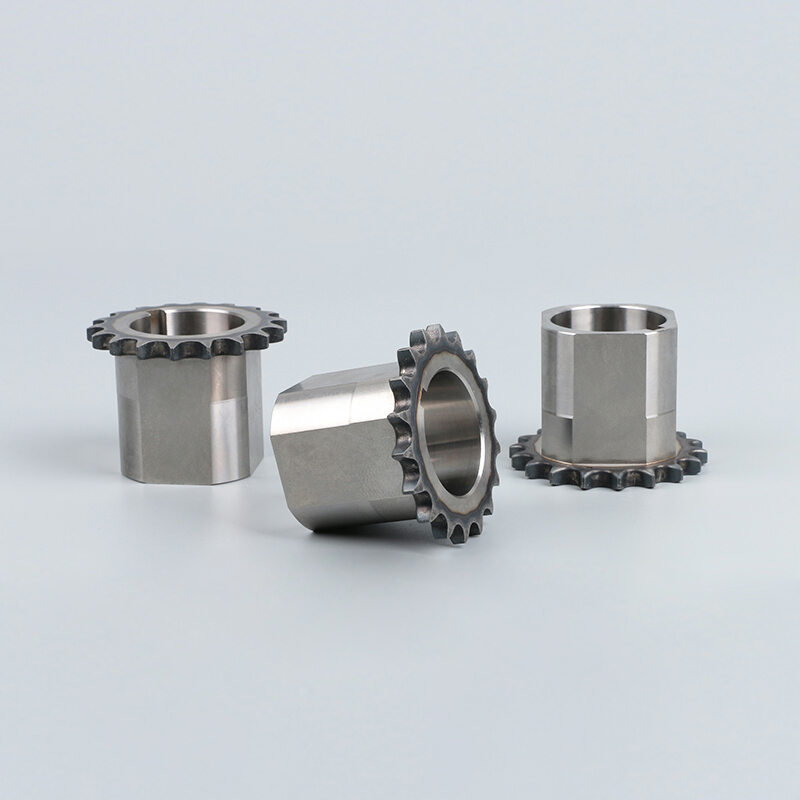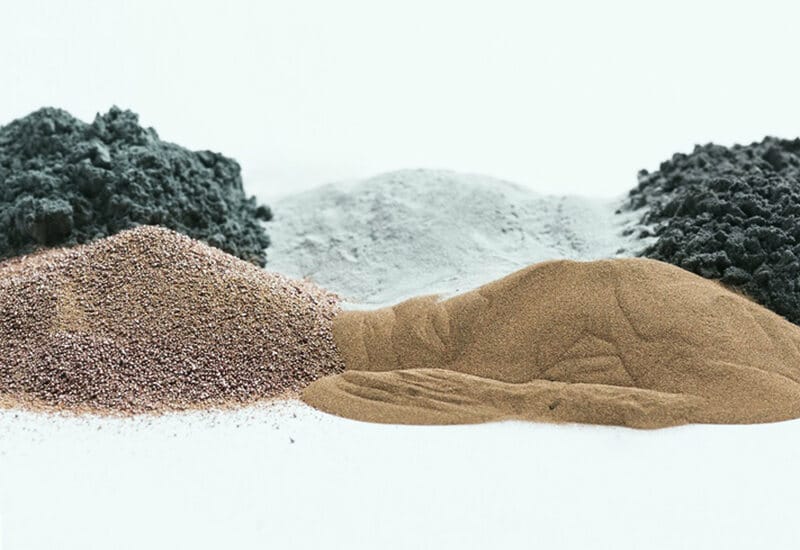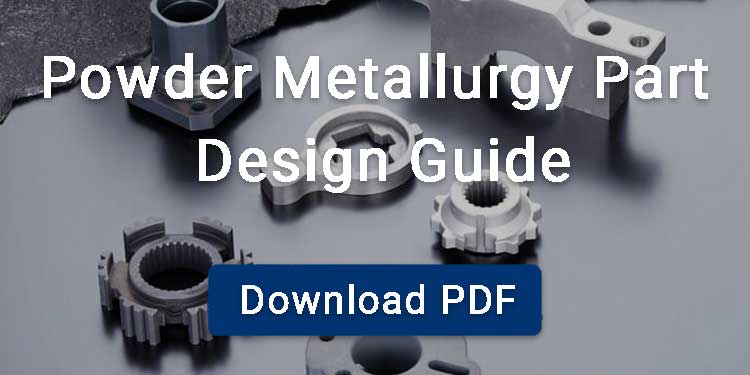A crankshaft pulley is mounted on the end of the crankshaft and drives the engine’s accessory systems through a serpentine or V-belt. Most pulleys are built with a harmonic damper to absorb torsional vibration. The design usually includes an inner hub fixed to the crankshaft, an outer ring with grooves for the belts, and a damping layer between them. By transferring power to components such as the alternator and power steering pump while also reducing vibration, the crankshaft pulley is essential for both engine performance and durability.

Contents
What Does a Crankshaft Pulley Do?
Power Transmission
The crankshaft pulley mainly uses a belt to transmit rotational energy from the crankshaft to other components like the alternator, power steering pump, and air conditioning compressor. This ensures that the components work in synchronization with the engine, improving the vehicle’s efficiency.
Vibration Dampening
Torsional vibrations and oscillations in the crankshaft caused by the engine’s combustion cycles are reduced by the crankshaft pulley. This is achieved through a rubber layer or harmonic balancer integrated into the pulley. This rubber damper absorbs and dampens vibrations to prevent damage to the crankshaft and other components.

What Causes Crankshaft Pulley Failure
Damaged or Cracked Damping Rubber
One of the leading causes of pulley failure is a crack in the damping rubber, which can be caused due to the leakage of oil or coolant.
Misalignment of belt
If the belt is not aligned properly over the pulley, it can cause uneven wear, wobbling, or damage to the grooves of the pulley.
Other Causes
- Irregular wear on the accessory belt.
- Increased engine vibration.
Common Symptoms of Crankshaft Pulley Failure
Engine Vibration
Increased engine vibrations indicate a failing crankshaft pulley, often due to deterioration of the rubber damping material in the harmonic balancer, which fails to absorb torsional vibrations, indicating that the damping material in the pulley has deteriorated.
Rough Idle
A failing crankshaft pulley can cause rough engine idle due to unbalanced vibrations from a deteriorated rubber layer or loose components. If you observe that the engine idles poorly without misfires or combustion issues, the crankshaft pulley may be the cause.
Battery Light On
If the rubber layer in the crankshaft pulley deteriorates or the pulley separates, it may fail to drive the belt properly, causing the alternator to stop rotating. This prevents battery charging, triggering the battery warning light on the instrument cluster.
Hard Steering Wheel
In vehicles with hydraulic power steering, a failing crankshaft pulley can disrupt the drive belt’s operation, stopping the power steering pump. This results in a hard-to-turn steering wheel, making it difficult to steer left or right.
AC Compressor Failure
A failing crankshaft pulley can cause the drive belt to slip or stop. It will cause hindrance in the operating of the AC compressor, leading to reduced or no air conditioning performance.
Drive Belt Tensioner Problems
If the crankshaft pulley is failing or damaged, the dampener will be unable to absorb the vibrations. This vibration will then shift onto the drive belt and the other engine accessories system. The belt tensioner achieves the constant tension of the belt; however, in most instances will not do so, which subsequently results in the drive belt slapping and damage to the belt, and eventually the belt slipping off the pulleys.
Transmission or Internal Engine Damage
Prolonged operation with a failing crankshaft pulley can cause excessive vibrations that damage internal engine components, for example, the crankshaft bearing. These vibrations can also harm the bearings of the transmission, shaft and gears.
Drive Belt Edge Damage
Poor crankshaft pulley may result in improper positioning of the driving belt that will consequently harm the edges of the driving belts. It can also damage the idle rollers and non-metallic pulleys.
Squealing Noises
A failing crankshaft pulley can cause squealing, chirping, or irregular noises due to belt misalignment or improper tension from the pulley’s wobbling or slipping. These noises may mimic those of a bad drive belt but stem from the pulley’s failure to maintain proper belt alignment.
Material Choices For Crankshaft Pulley
Steel
Steel is known to be extremely durable, highly resistant and can maintain its integrity even when subjected to harsh engine conditions such as high temperatures and mechanical stress. It is economical and thus it can be used in the manufacturing of crankshaft pulleys, a standard vehicle, whereby advanced performance is not a necessity.
Aluminum
Aluminium is a light version, which means that it has less load on the engine, and it may be more efficient in fuel consumption and also in vehicle handling. Its excellent thermal conductivity helps dissipate heat, and its corrosion resistance extends pulley lifespan, though it is less durable than steel under extreme stress.
Powder Metallurgy Materials
Powder metallurgy materials are used to manufacture crankshaft pulleys through compaction and sintering, achieving near-net shapes with high material efficiency. They offer cost-effective mass production, and secondary treatments can enhance strength and wear resistance.

When Should a Crankshaft Pulley Be Changed
Wear and Environmental Factors
A crankshaft pulley should be replaced if oil or coolant leaks contaminate the rubber vibration dampener. As it can cause it to swell, degrade, or separate. Additionally, excessive engine vibrations, wobbling, or visible damage to the pulley, including cracks or worn grooves, indicate the need for immediate inspection and replacement to prevent further engine damage.
Inspection and Replacement Recommendations
The crankshaft pulley should be inspected during routine engine maintenance, such as oil changes or timing belt replacements. It should also be inspected when abnormal symptoms such as vibrations, squealing noises, or belt slippage are observed. Regular checks help identify wear or damage early, ensuring timely replacement.
BLUE is dedicated to powder metallurgy, supplying a wide range of sintered crankshaft pulleys with no tooling cost. Browse our SHOP or download our product list for free to discover cost-effective solutions that shorten lead times and improve productivity.
FAQ
Is it Safe to Drive with a Damaged Crankshaft Pulley?
Driving with a poor crankshaft pulley may lead to failure of the power steering, electrical, or breaking of the belt. In severe cases, excessive vibrations or pulley failure may cause engine damage or sudden stalling.



